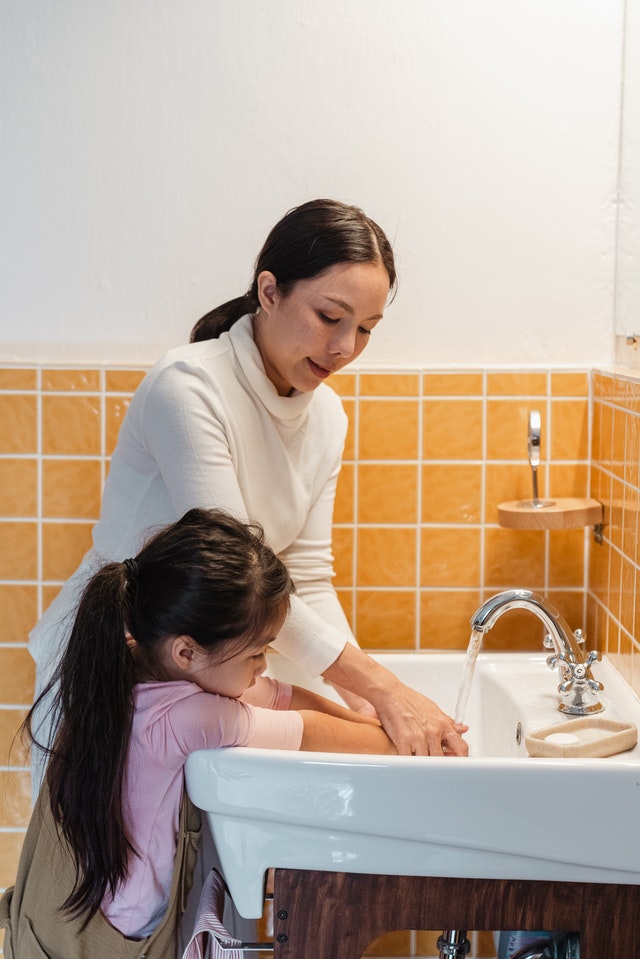

Healthy Relationship Habits to Encourage in Your Teen
by Counseling and Wellness Center of PittsburghMarch 29, 2021 healthy relationships, parenting, Parenting and Families0 comments
Nothing can fill a parent with trepidation quite like watching their teenager enter the world of dating.
While you may feel some “mama bear” instincts to shut it down, your teen needs you to be there for them. And they’re probably craving to know (without telling you): what does a healthy relationship actually look like?
Instill these five teachable habits to help your teen build healthy...Learn More
Parenting in the Age of COVID-19: Being There For Our Kids
by Counseling and Wellness Center of PittsburghMarch 14, 2021 child counseling, child therapy, family counseling, family counseling during corona virus, parenting, Parenting and Families0 comments
Whether you’re a parent or caregiver, weathering the pandemic with children has probably felt like a pressure cooker at times. Boredom, turmoil, and anxiety arise when faced with remote school days or filling long afternoons sans extracurriculars.
Kids look to the adults in their lives to help them cope with this complex, global situation. How can we make strong mental health choices to...Learn More
Making Love Last Through Rituals of Connection
by Counseling and Wellness Center of PittsburghMarch 3, 2021 healthy relationships, marriage, marriage counseling, marriage counseling near me, marriage counseling pittsburgh, marriage counseling south hills, marriage counseling wexford, meaning of rituals0 comments
Creating a love that lasts takes time and commitment. One of the keys to this kind of love is intentionality. Intentionality is acting in a deliberate manner that shows your partner that you love them. It might look like cooking a nice meal for your partner, or getting them a special coffee, or maybe another gift like flowers. Being intentional is a necessity to maintain romance and foster a...Learn More